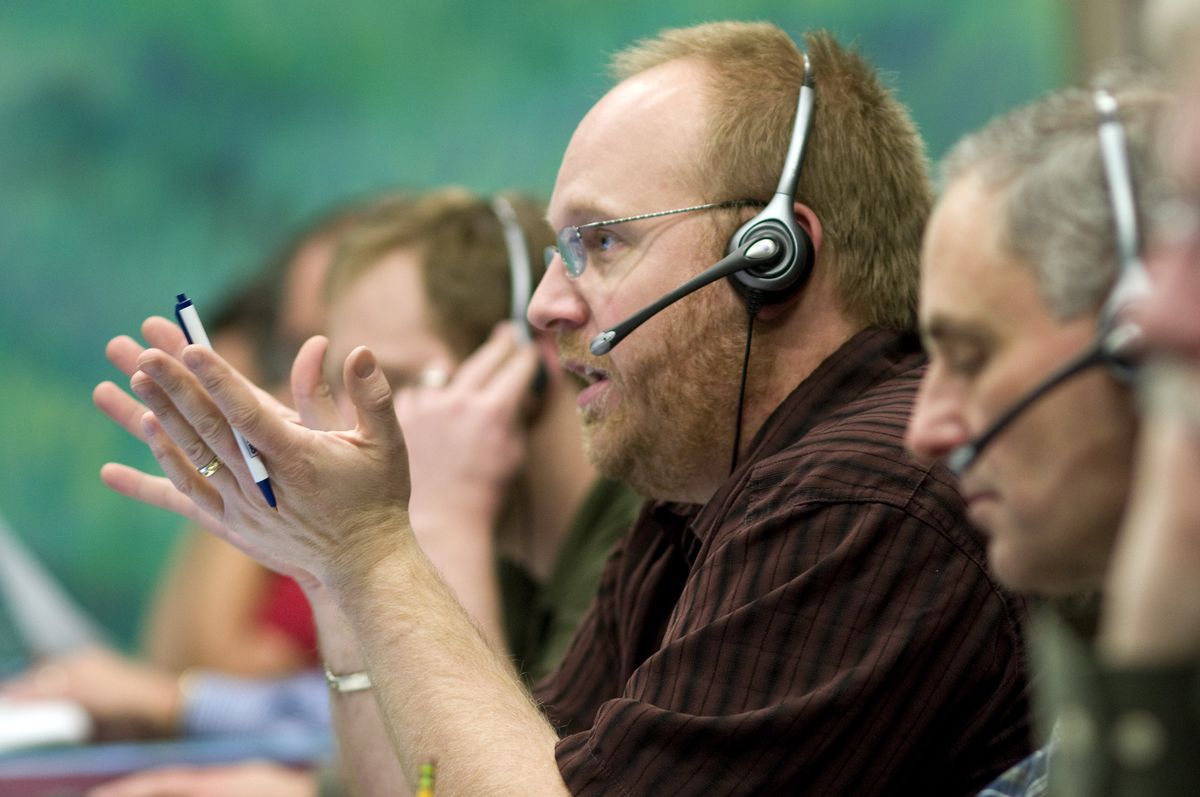Call center fields TV questions
Many viewers could get some, but not all, channels

More than 1,100 Spokane-area TV watchers called for help Wednesday, the first full day after the switch from analog to digital over-the-air television signals.
Four Spokane TV stations switched to digital transmissions as part of a large national conversion that affected everyone whose TV used rabbit-ear antennas. The conversion was more than two years in the making.
When those stations made the switch late Tuesday, viewers had to use a converter box to continue receiving the broadcast signals.
In most cases, callers were able to see some channels, but not all of them, after hooking up their converter boxes, said Patricia McRae, general manager of KHQ-TV, one of the four stations that had switched by Wednesday.
The other three stations that switched are KAYU, KSPS and KXLY.
Three other stations – KREM, KSKN and KGPX – will switch June 12, the extended deadline recently approved by Congress to allow viewers more time to acquire converters.
Spokane’s TV stations provided volunteers and technical staff who answered calls starting at 4:30 a.m. Wednesday. By 6 p.m., the call-in line had logged more than 1,100 calls, said Bob Wyatt, chief of engineering at KSPS, whose studio served as the call center for digital conversion questions.
McRae said KHQ’s downtown office also got about 100 calls during the day.
McRae spent three hours at KSPS answering calls.
“I never took one call when the person said, ‘I can’t get any TV,’ ” she said. “It was usually they could get at least one channel but not all of them.”
In many cases they needed to use a remote to scan for all available digital signals, McRae said.
Other calls came from viewers in areas that needed regional translators to beam signals around mountains, such as in North Idaho. In those cases, viewers had to use a pass-through feature on the converter that continued to receive the analog signal from the translators. Those remote translators continue using analog signals, unlike the stations’ main transmitters.
Others had properly installed their converter boxes but needed to reposition their antennas, Wyatt said.
Wyatt said the peak time for incoming calls was between 10 a.m. and 12:30 p.m. From 10:30 to 11:30 a.m., the call line logged more than 150 requests for help.